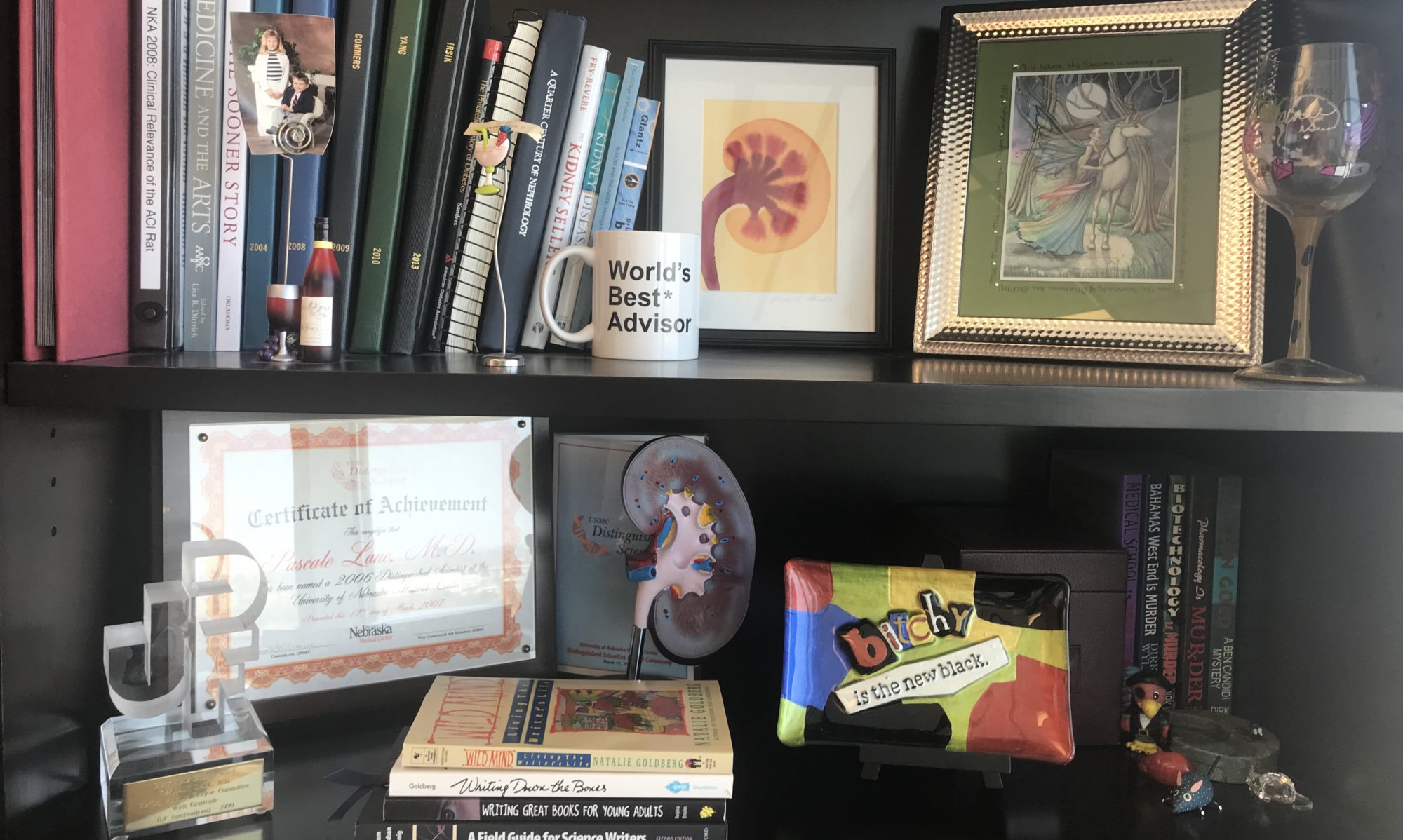As long as I can remember, I loved science. My copy of All About Dinosaurs suffered frequent readings. I went through a rock and mineral phase that I’m sure dismayed my parents. Finally I found biology, and eventually I picked medicine as a career option.
I also loved to read. For my elementary school years, publication of a new Nancy Drew book was cause for major celebration. When I ran out of her adventures, I tackled my brother’s Hardy Boys. Eventually, I graduated to Agatha Christy and other classic mysteries. I read a wide variety of things, but of the more than 400 books in my Kindle library, well over half involve solving crime.
Medicine, science, and mysteries involve many of the same processes. In all three, there is a problem to be solved. In medicine, we want to know what’s wrong with the patient. In science, we need to understand a phenomenon. In a mystery, we want to know whodunit. In all these fields, we collect information to help us first: a history and physical, a literature review, and looking for clues. In each area, we then formulate a hypothesis. In medicine, it’s a differential diagnosis. In science, it’s actually called a hypothesis. In a mystery, suspects are assembled and assessed for means, motive, and opportunity. Finally, any hypothesis has to be tested. In medicine, we run tests or try a treatment. In science, experiments get performed. In the world of crime, evidence gets accumulated until there is proof that someone did it and/or they confess. The results can thenI be examined to see if we accept our diagnosis/hypothesis/result or if we have to rethink everything again.
I’ve written a lot of biomedical papers and a handbook for academic medical faculty. I began blogging to communicate about science and found I loved writing in this less formal way. Now I’m exploring the world of fiction, especially trying to put together mysteries. I’ve perhaps come full circle.

